A scrappy bootstrapped business owner (yours truly), knows firsthand the struggles of trying to market effectively when cash is tight. In the early days of my agency, I blew tons of money on poorly targeted ads—and saw dismal results.
I learned quickly that throwing money at arbitrary tactics was no strategy. I had to get creative on a budget.
Through rigorous testing and focus on the metrics that actually matter, I figured out how to make every marketing dollar count. Now over a decade later, my agency has never needed outside funding, and yet we can compete with global players in our niche.
In this post, I’ll share the key shoestring marketing strategies that have worked for us and hundreds of our small business clients over the years...

Get Crystal Clear on Your Target Customer

Before you spend a cent on marketing, you need to intimately understand who you're trying to reach. Many businesses waste money broadcasting generic messages out to the ether instead of speaking directly to their ideal buyer.
Customer Interview Questionnaire
Interviewing existing ideal customers is a great way to uncover detailed insights that can inform buyer persona development. This questionnaire provides suggested open-ended questions to help reveal your customers’ needs, pain points, motivations, and background.
Categorize responses to identify themes that you can incorporate into personas and marketing messaging.
Instructions
- Conduct 30-45 minute interviews via phone, video call or in person
- Take detailed notes, record/transcribe responses if possible
- Analyze interviews to extract key themes and trends
Questions
Warm Up
- How long have you been a customer?
- What led you to start using our product/service?
- Walk through your decision-making process in choosing us.
Needs & Pain Points
- What challenges were you facing before adopting our solution?
- Where did you see room for improvement in your workflow?
- What specific problems does our product/service solve for you?
Objections & Hesitations
- What concerns or reservations did you initially have?
- What objections had to be overcome?
- Where did you seek reassurance before deciding?
Goals & Outcomes
- How do you define success in your role?
- What key targets/metrics are you measured against?
- How has our solution helped you meet those goals?
Demographics
- Walk through a typical day.
- Tell me about your educational and career background.
- How large is your team? What does your org structure look like?
Get clear on details like:
- Demographic details: Age, gender, location, income level, family status, etc. Imagine this person in your mind as an actual human being.
- Values and priorities: What matters most to them? Security, achievement, creativity, relationships, status, freedom, etc.
- Pain points: What frustrates them? What problems do they need solving?
- Goals and desires: What are they hoping to accomplish? How do they want to grow or improve?
The more specifically you can define your target customer, the better. Unclear target customers are at the root of most marketing mistakes.
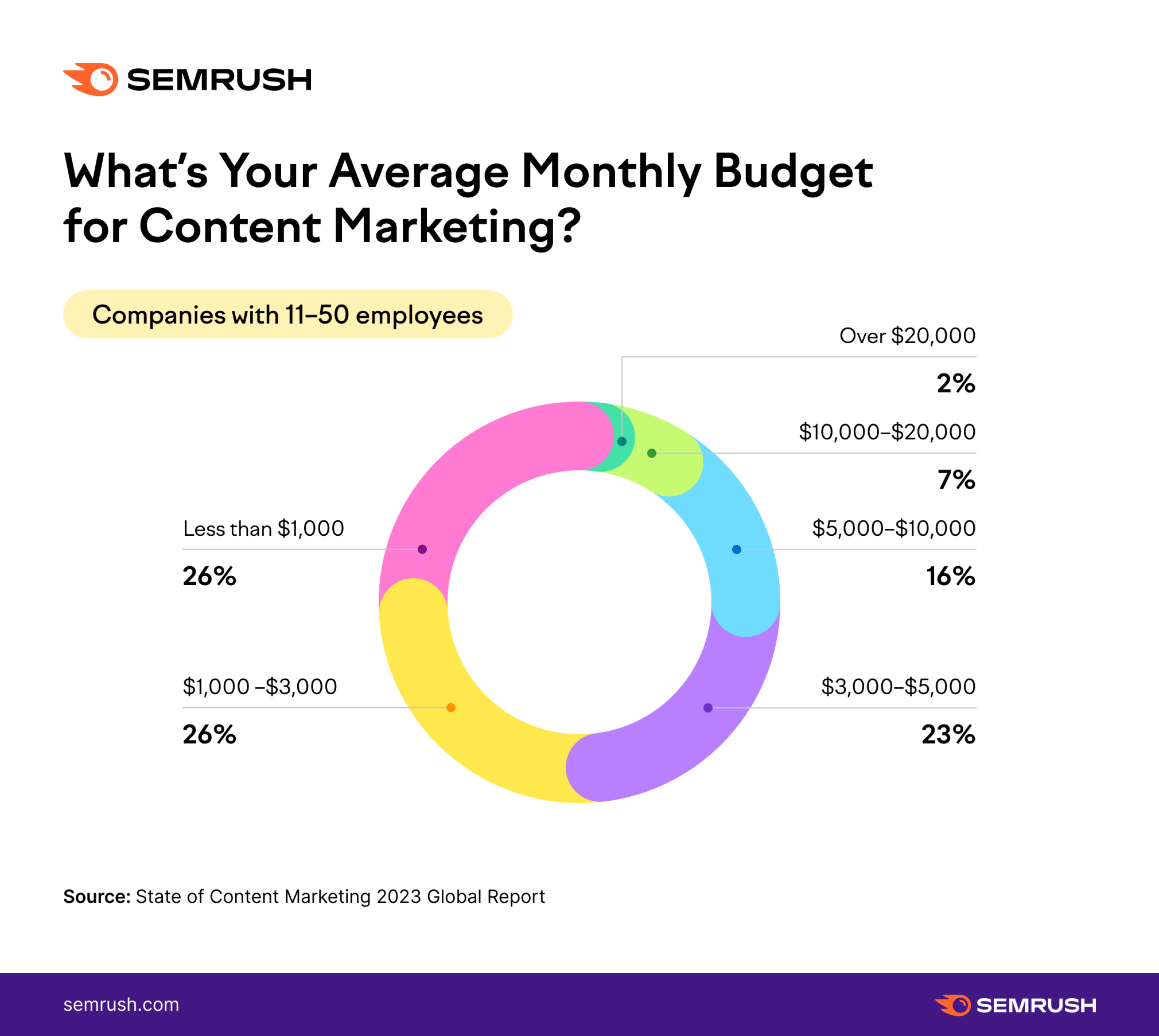
Double Down on Content Marketing
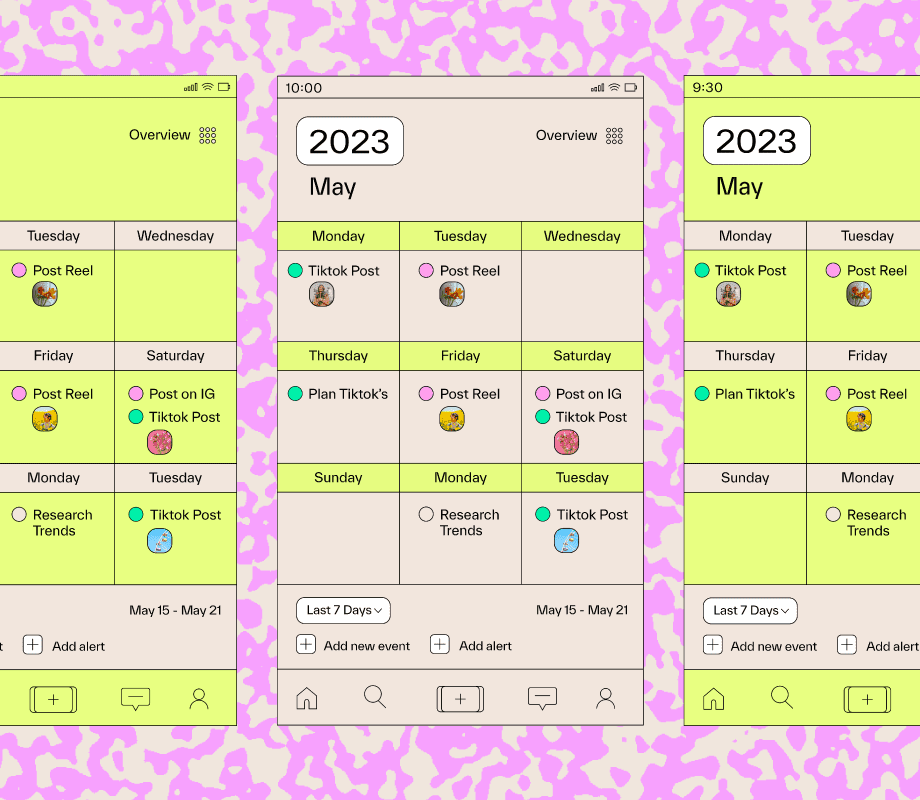
Content marketing entails creating written, visual, audio, or video content that attracts and retains a clearly defined audience to drive action. It allows you to build trust and credibility by delivering consistent value to your audience without overt product pitches or ads.
This should form the core of your marketing strategy regardless of budget size. But on a shoestring budget, content marketing is even more critical as you lack resources to spend on paid ads.

When creating content, forget vanity metrics like likes and shares. The only metric that matters is your content's ability to drive your desired business outcomes (e.g. trials, signups, purchases).
Some smart ways to maximize your content marketing with scarce resources:
- Identify underserved topics: Find holes in your industry that competitors fail to address. Creating content on these “head term” keywords can drive organic search traffic.
- Get eyeballs through partnerships: Seek blogs, podcasts, or news sites to contribute articles or audio segments. This exposes your expertise to targeted new audiences, many of whom will check your site.
- Repurpose content extensively: An hour-long podcast interview can also become a 3,000-word blog post transcript with added depth, a thread of snackable social media posts, an email nurture sequence, and more.
- Use calls-to-action strategically: Insert clear next steps within each piece of content that align to your goals. This converts pageviews into trial signups, email subscribers, etc.
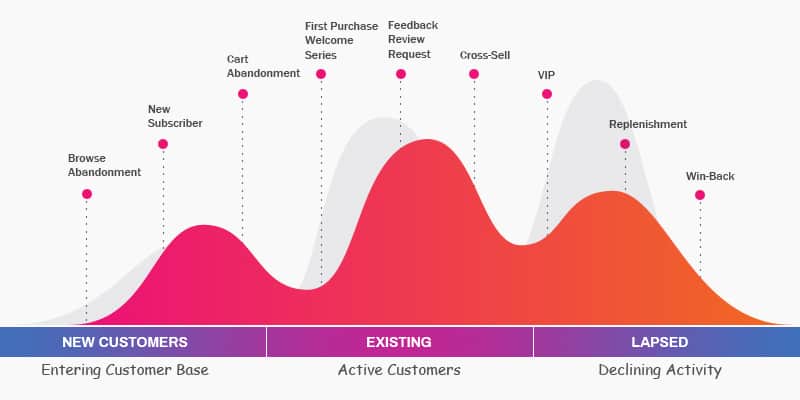
Embrace Email Marketing
Marketing automation and email service providers give you the technology to execute sophisticated email strategies on a small business budget.
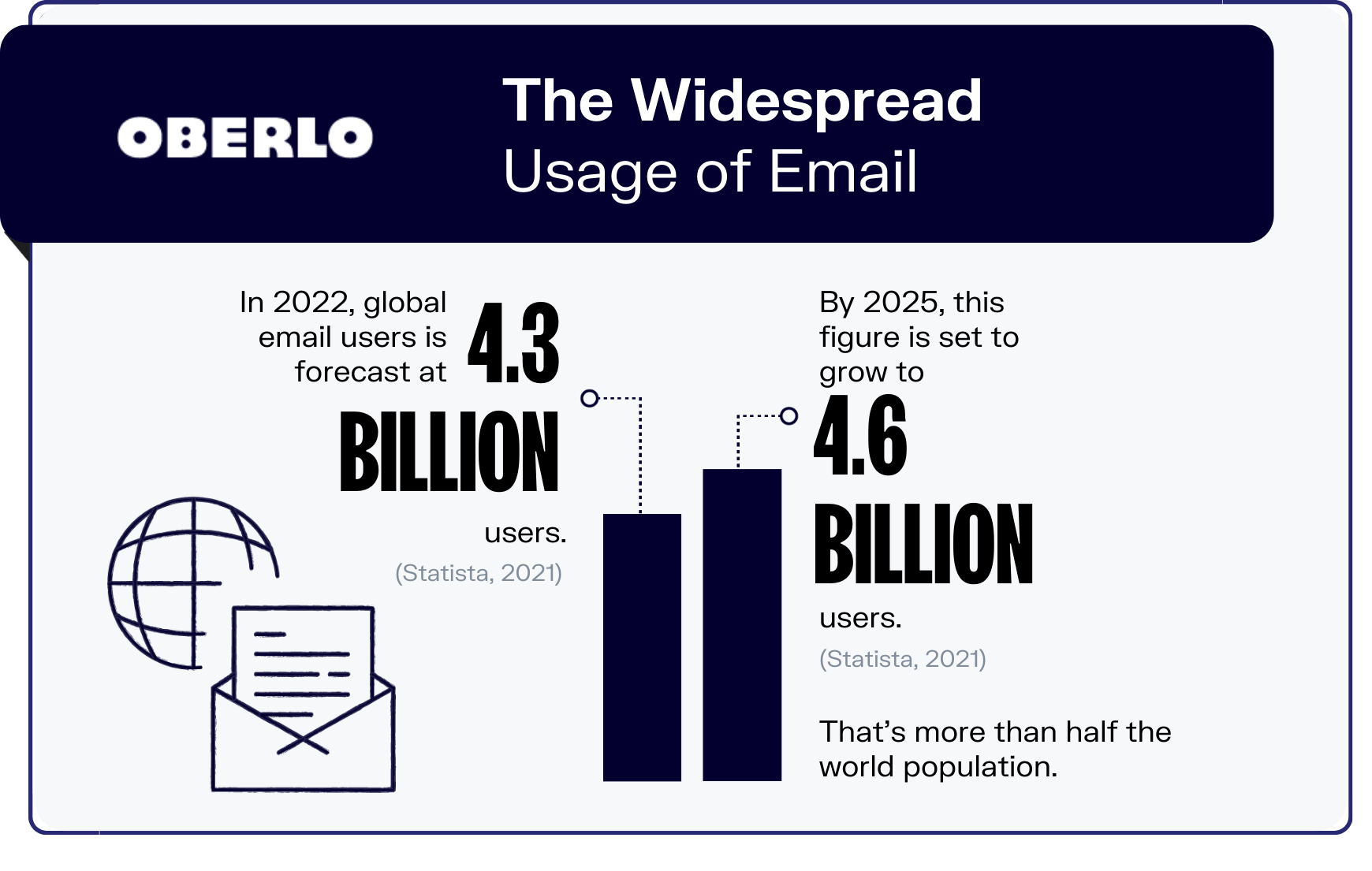
Email still delivers the highest conversion rates across all marketing channels—even topping social media. Every $1 spent on email marketing yields an average return of $42. That's a 4,100% ROI.
With some thoughtful list segmentation, tactical nurture tracks, and well-timed offers you can execute highly personalized, automated email campaigns while dedicating minimal ongoing resources.

Must-Have Email Capabilities
- Lead capture forms to build your subscriber list
- Welcome and onboarding sequences to deliver value right away
- Segmentation for personalized outreach to different subsections of subscribers
- Workflows triggered by behaviors like opening emails, clicking links etc.
- Eye-catching templates optimized for engagement
- Landing pages and calls-to-action to drive conversions
- Analytics dashboards to identify optimization opportunities
Many solutions like Mailchimp, Drip, or ConvertKit offer this entire suite of capabilities for low monthly fees.

Conduct Goal-Driven Testing
When resources are scarce, you can't afford to gamble on marketing vanity metrics. You need cold, hard proof that your tactics are delivering tangible business results.

The most concrete way to validate that your marketing drives outcomes is through controlled testing.
I recommend creating goal-driven experiments across three vectors:
1. Content Experiments
Run A/B tests on email subject lines, social media captions, headers, calls-to-action, and other content elements to see which drive the most clicks and conversions.
2. Messaging & Positioning Tests
Try out different value propositions, taglines, product messaging, etcetera across your website, ads, and campaigns. Gauge emotional resonance via micro-surveys and behavioral response using click data.
3. Channel & Audience Tests
Creatively target niche audiences both within and outside your existing channels through partnerships and communities. Measure acquisition costs compared to lifetime value to efficiently scale your reach.
Platforms like Optimizely and Google Optimize enable this testing without engineering resources.
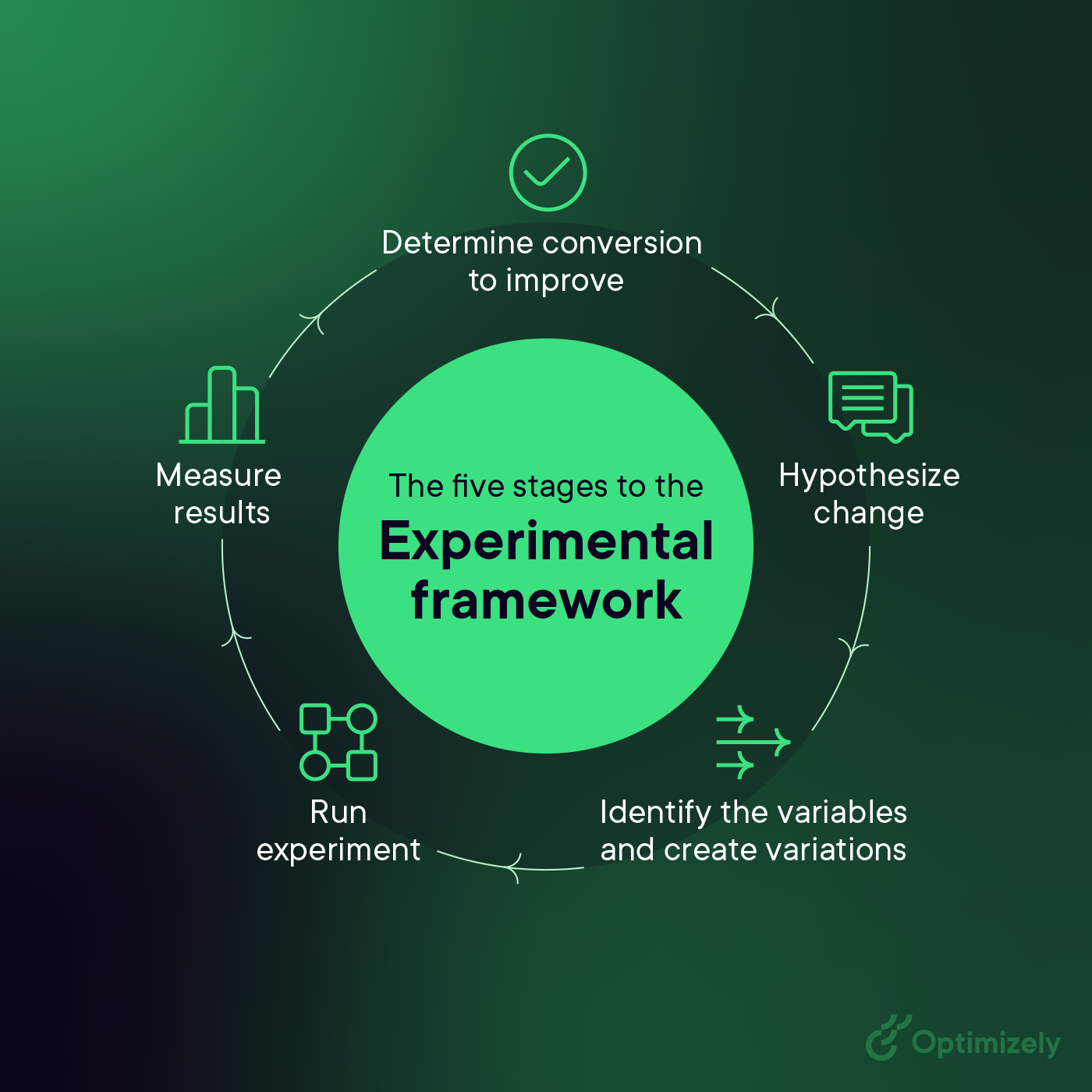
For each test, be crystal clear on which business metric you are trying to impact before launching. Without clarity on the “why” of each experiment, results become meaningless.
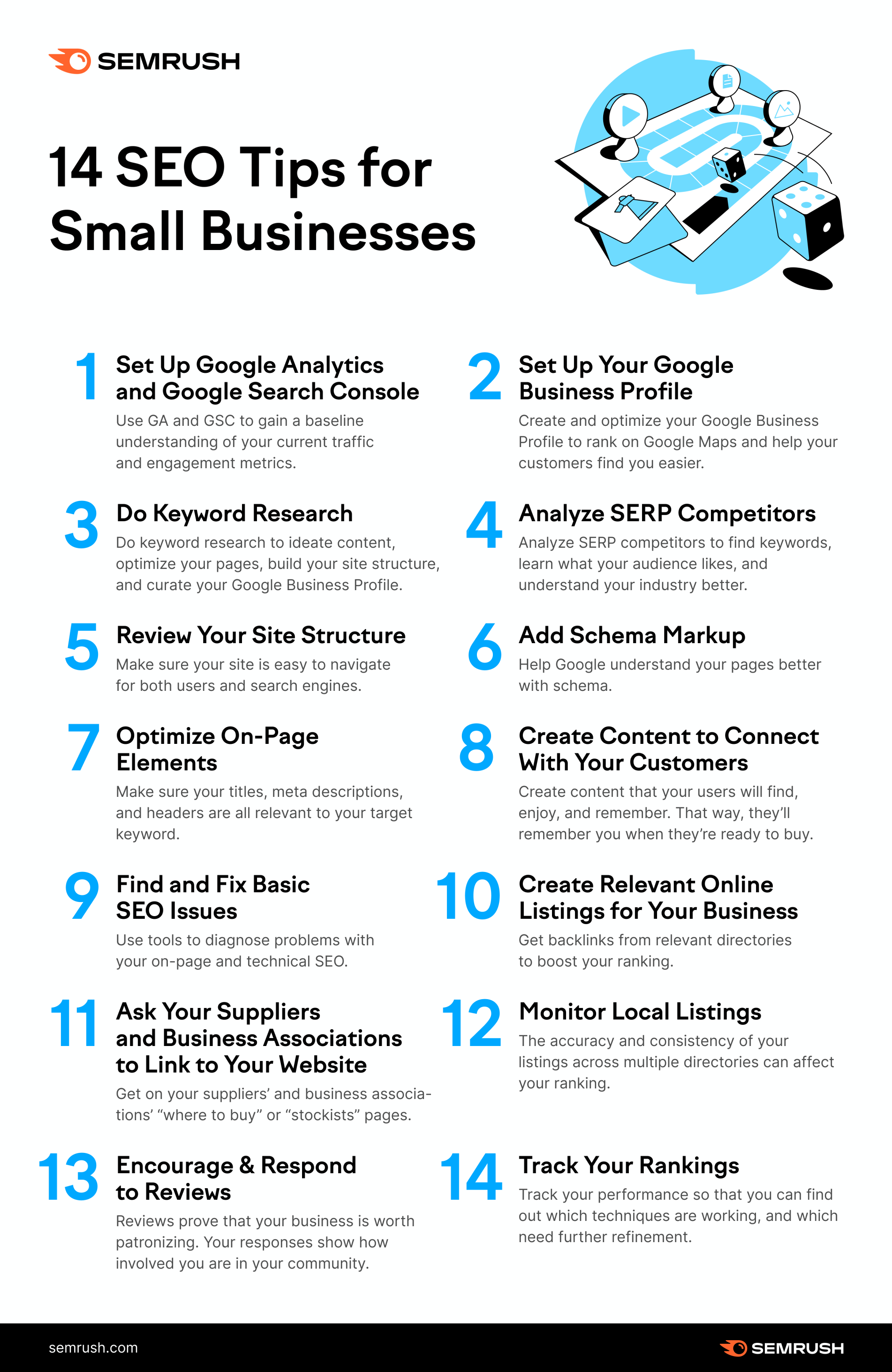
Optimize for Organic Search Visibility
Pay-per-click ads on Google, Facebook and other platforms provide a fast lane to getting found by interested searchers. But again, these expenses add up, draining budgets quickly.
Optimizing your website for unpaid, organic search can unlock targeted visitors without ongoing marketing bills.
Start with:
- Keyword gap analysis: Use Google Analytics to identify your top-converting keywords. Cross-reference Keyword Planner to find missing semantic search phrases with decent volume you should be targeting.
- Content expansion: Create fresh blog posts, videos, and other content assets around these missing high-potential keywords not yet covered on your site.
- Metadata optimization: Sprinkle keywords naturally throughout page titles, meta descriptions and image ALT text. This helps search spiders properly index and categorize your content.
- Link building: Proactively generate backlinks from industry websites through contributed articles, interviews, partnerships. Third-party links signal authority and relevance to search algorithms.
Stay diligent over time with this search optimization regimen, and you can secure steady volumes of organic website traffic month-after-month without relying on costly paid ads.
Recycle What Works
As campaigns progress and results pour in, doubling down on your wins is the best allocation of remaining budget.

If a particular social media ad creative, blog post topic, email copy, etcetera demonstrates an ability to consistently drive conversions, keep pushing resources towards those assets with the highest ROI.
Don't fall victim to shiny object syndrome, pivoting frequently to new tactics and channels without fully tapping the potential of what already works.
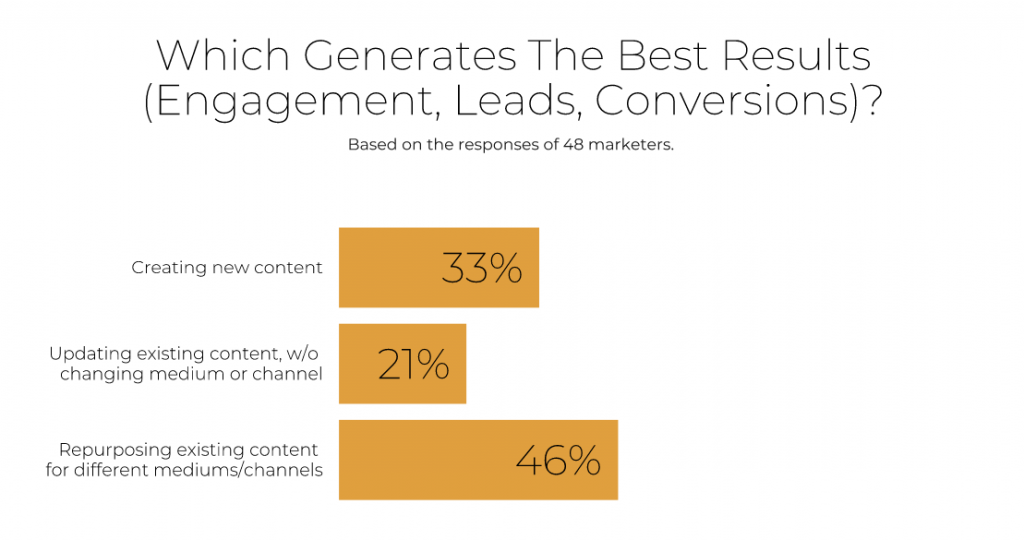
Analyze each marketing program across these factors to determine viability for scaled investment:
- Total cost to deliver (lower is better)
- Results to date (direct business value)
- Future potential (there's still headroom)
- Consistency over time (execute it repeatedly)
Activity metrics like impressions, reach and sharing matter less than actual conversion rates. Judge success on dollars actually captured relative to dollars invested - regardless of vanity metrics.

Partner With Those Already Winning
You don't need to have all the answers yourself when operating lean. Partner with credible voices in adjacent spaces driving qualified traffic.
Borrowing legitimacy from industry experts is smarter than reinventing the wheel yourself:
- Arrange guest posts on popular niche blogs related to your business vertical
- Request podcast interviews on leading shows aligned to your buyer's interests
- Ask happy customers for case studies and testimonials
- Attend relevant conferences or workshops as a contributor to get in front of attendees
- Comment on social media posts and threads from key influencers to become part of follower conversations
- Foster reciprocal link building relationships driving referral traffic both ways
This elevates the credibility of your brand by showcasing it alongside the most prominent experts who are already capturing the attention of your intended audience. You simultaneously tap into their follower base, pumping warm, prequalified leads into your sales funnel.
By fixating less on costs and more on outcomes, you can drive tremendous marketing results even with the leanest of budgets. Remain laser-focused on how each dollar spent ladders up to your core business goals.
Ruthlessly track the ROI generated by every tactic and reallocate towards what works quarter over quarter. Through clarity, creativity, and commitment, you can build an enviable marketing machine running on fumes.
What unconventional marketing ideas have you validated to maximize impact with limited resources? I'd love to hear what out-of-the-box experiments have paid off for those in the trenches operationally delivering results on small business budgets!






